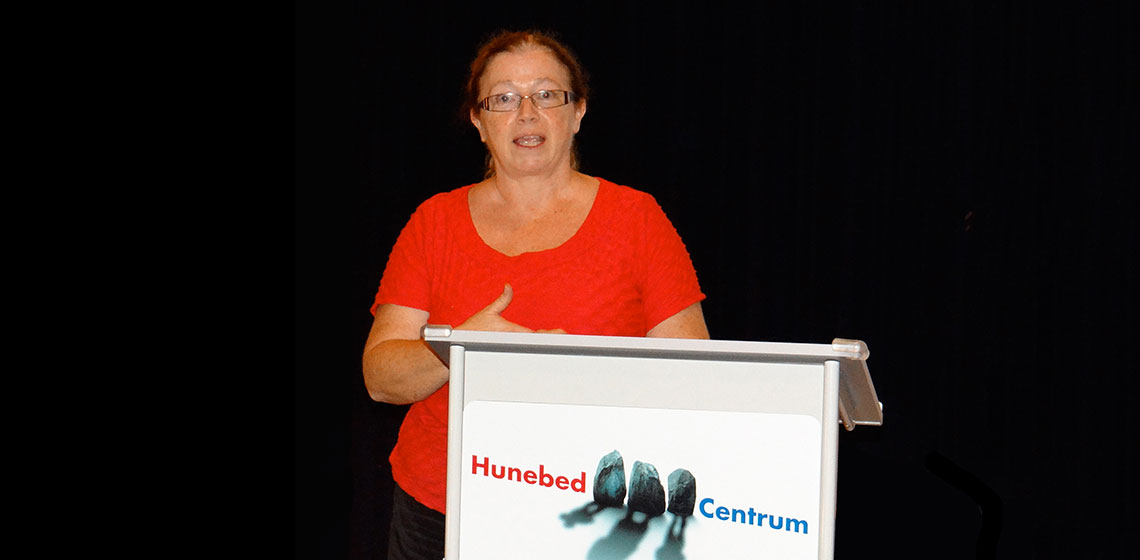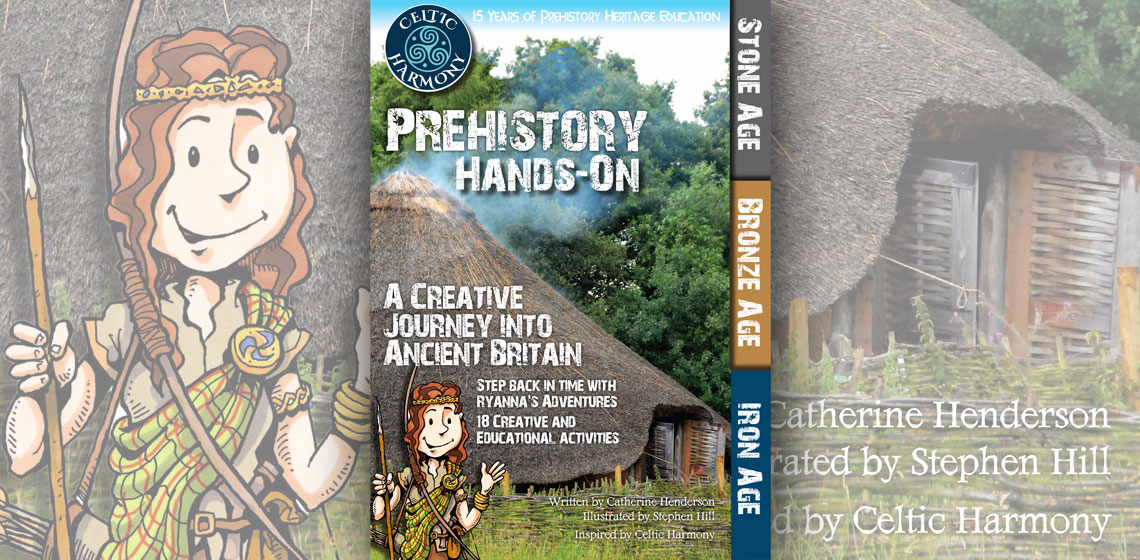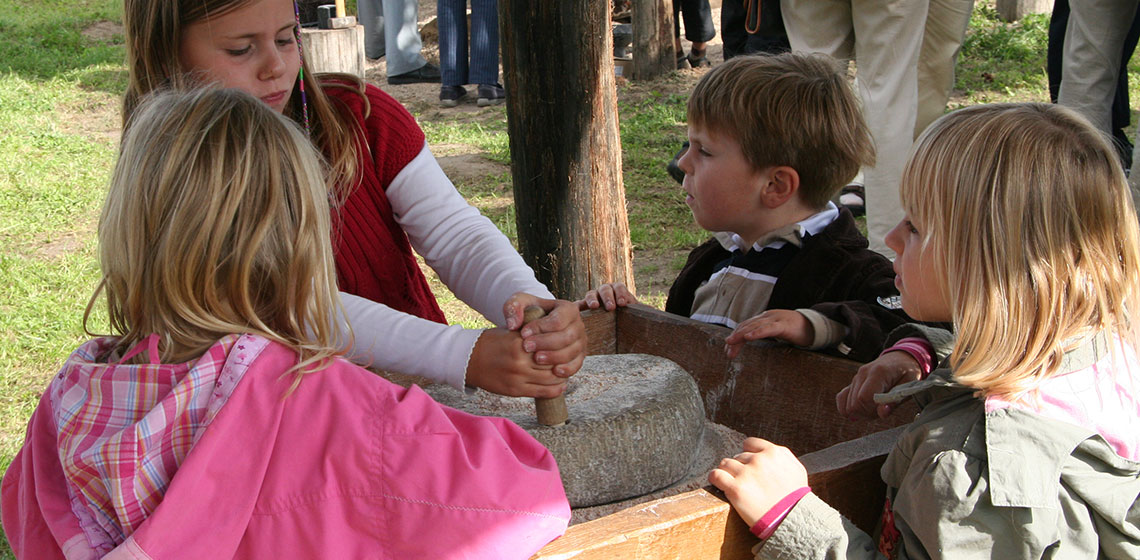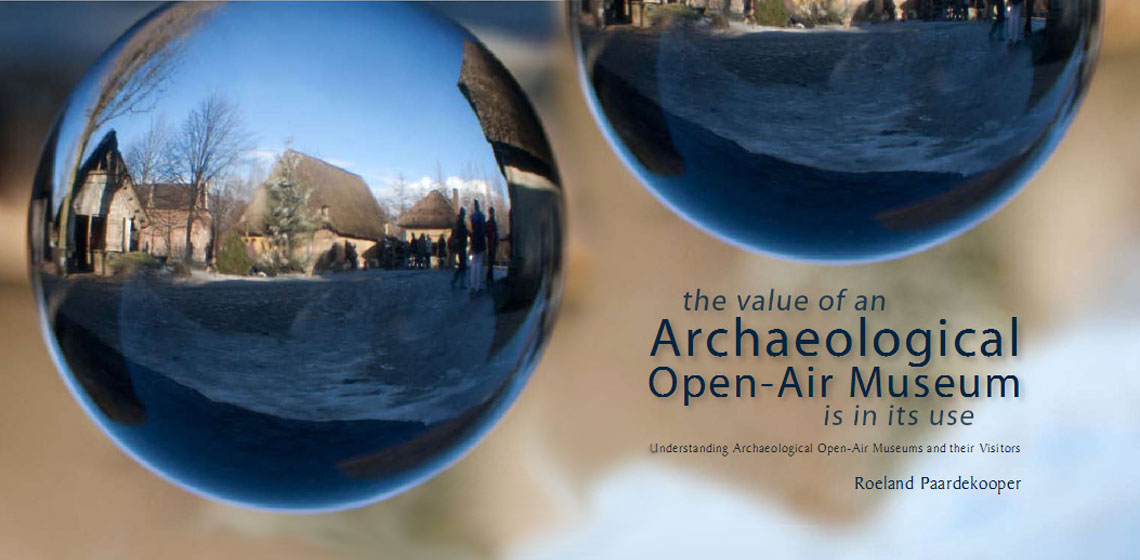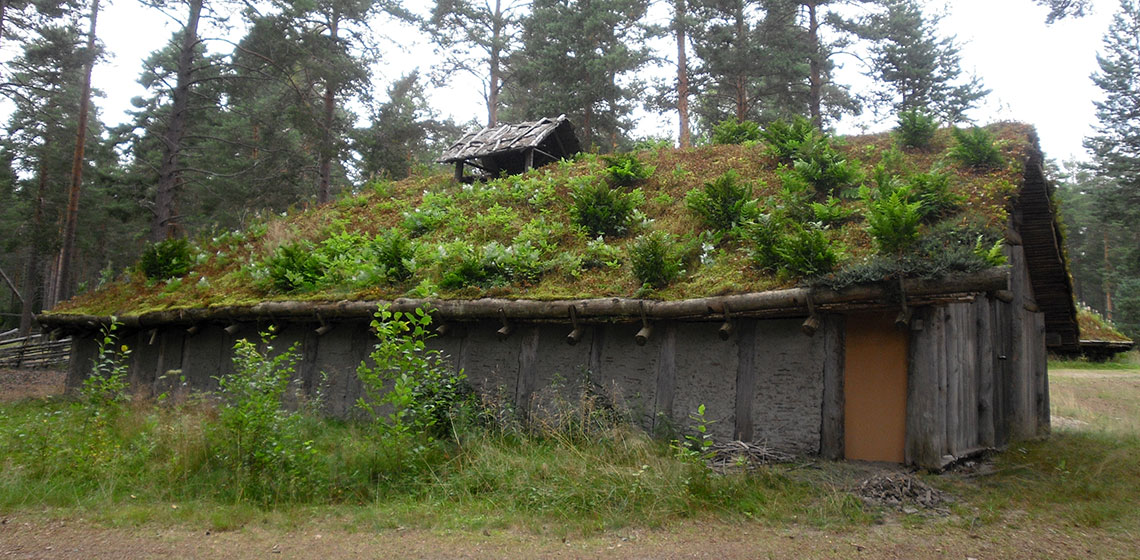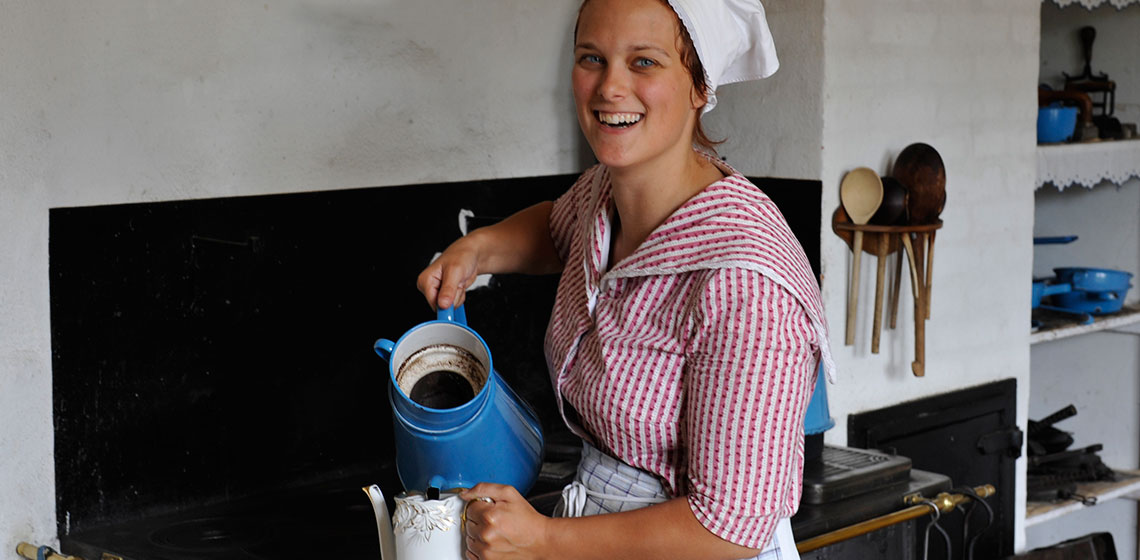archaeological open-air museum
Interview: “You’re not Replacing the Museum, you’re Advertising it” with Linda Hurcombe
Publication Date
Linda Hurcombe, senior lecturer at the University of Exeter, visited the Hunebedmuseum in Borger ( NL) as part of a staff exchange for the OpenArch project. She talked about how to twin new tech-nologies, such as 3D-printing, within archaeology and museums...
Book Review: Prehistory Hands-On by C. Henderson
Publication Date
Celtic Harmony is an Iron Age-like village and education centre north of London, providing natural & cultural heritage education. Hands-on activities and events based on Britain's Celtic culture promote a more sustainable way of life in harmony with the natural world...
Ways of Structuring and Organizing an Archaeological Open-Air Museum
Publication Date
In February 2014 Clara Imeyer, student of International Tourism Management at the Hochschule Bremen, Germany, completed her Bachelor thesis with the title Ways of Structuring and Organizing an Archaeological Open-Air Museum – Analysis of the Iron Age House Venne...
Book Review: Communication Strategy–Strategic Public Relations for Archaeological Open-Air Museums by M.A. Zielinska and R.P. Paardekooper
Publication Date
How a museum communicates to its audience has changed significantly in the past decades. With the introduction of the Internet and the creation of social media sites such as Facebook, Twitter and Instagram, social media has become an integrated part of the everyday life of the majority of museum visitors...
Book Review: The Value of an Archaeological Open-Air Museum is in its Use by Roeland Paardekooper
Publication Date
With publication of Dr Paardekooper’s monograph we now, finally, have a secure databank of facts and figures relating to archaeological open-air museums in Europe, including management structures, key financial indicators, visitor profiles and visitor numbers...
Gene Fornby - the Ancient Village of Gene
Publication Date
I have for years, through articles, debate and political activities, been a very active part in the efforts to preserve Gene Fornby from demolition. The cause seemed long doomed to be lost, but in the end the saving-line won. Therefore the longhouse and the smithy, in my opinion the important reconstructions, will be preserved and restored.
Conference Review: Didarchtik’s Final Workshop at Butser
Publication Date
By mid-2012, the Learning Partnership Didarchtik had come to an end with a last workshop at Butser Ancient Farm in the UK. Many subjects we had touched on over the previous two years were back on the table...
To Be or Not to Be: Thoughts on Living History - Some Personal Remarks
Publication Date
This article is based on personal experiences and observations conducted through many years as a volunteer at the Middle Age Centre in Denmark and later as a student at the Open Air Museum, Sorgenfri, Denmark. Observations and remarks made are solely personal and the article reflects thoughts I have had throughout the years...
Book Review: Förestallningar om det Förflutna by Bodil Petersson. Imaginations of the Past, Archaeology and Reconstruction
Publication Date
The book is written about the Scandinavian situation and for a Scandinavian public, as it is in Swedish. Although not in English and almost ten years old, it is definitely worth a read...
Interview: Helmut ‘Hugo’ Windl
Publication Date
Archaeology Starts Just Outside Your Door! Experimental archaeology in Austria carries a name: Hofrat Dr Helmut ‘Hugo’ Windl (born 1944). Windl, has, from the start of his academic career, stood strong for the establishment of this practical form of research in the Alp Republic...

